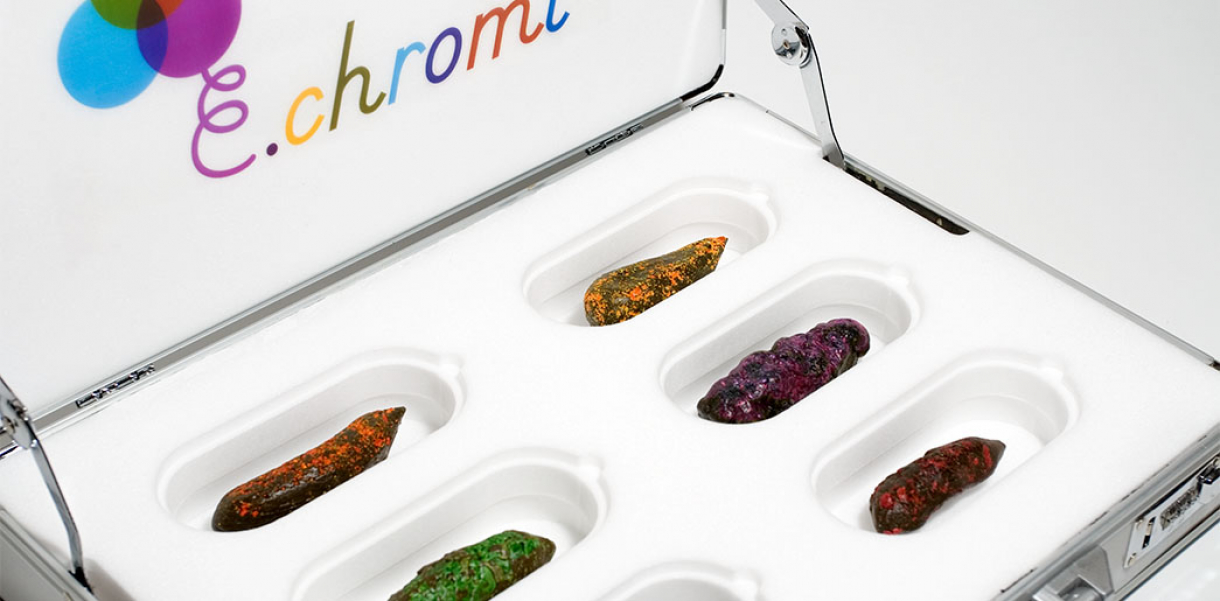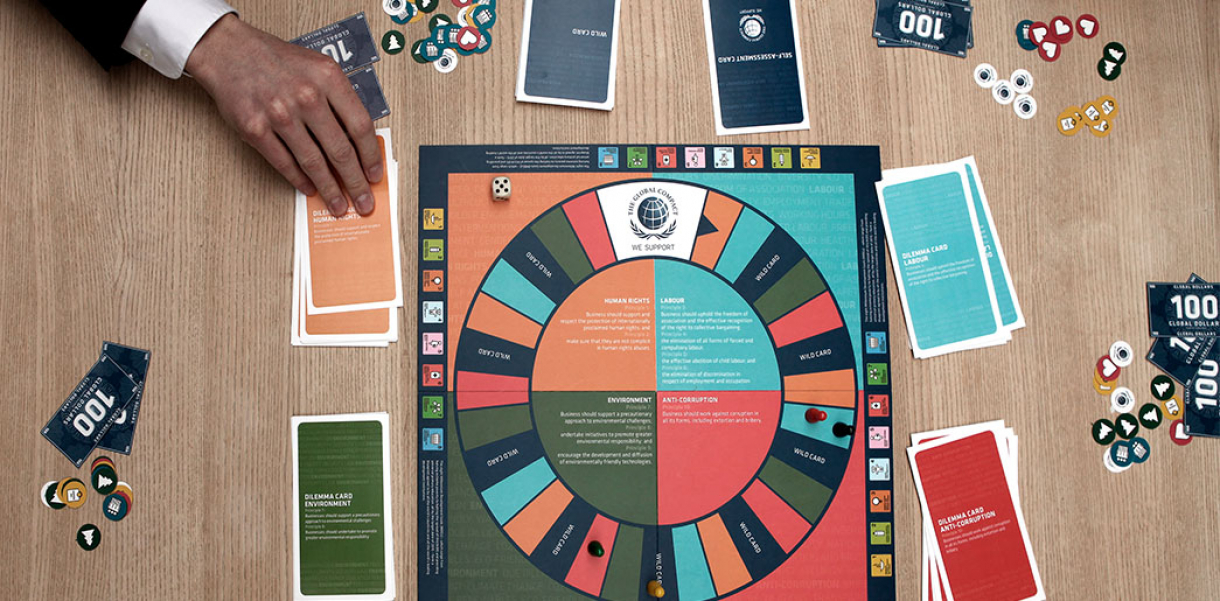Synthetic biology is a new approach to genetic engineering that could lead to new medical technologies, energy sources and foods. A team of young synthetic biologists studying at Cambridge University spent the summer of 2009 creating E. chromi — a set of DNA parts, or BioBricks, that can be inserted into E. coli bacteria. Each BioBrick contains genes selected from existing organisms, enabling the bacteria to produce a color: Red, yellow, green, blue, brown or violet. By combining these with other BioBricks, the bacteria can be programmed to do useful things.
E. chromi can, for example, indicate whether drinking water is safe by turning red if they sense a toxin. The team is currently designing a way of using E. chromi bacteria to detect the presence of arsenic — a toxin that pollutes water supplies across the developing world. Another spin-off project is the Scatalog — a proposal for inexpensive, personalized disease monitoring that works from the inside out. E. chromi is ingested as yoghurt and it colonizes your gut, keeping watch for chemical markers of diseases. If they detect a disease, they produce an easy-to-read warning signal by brightly coloring your feces.
One of bacterial technology key benefits are that is it inexpensive — bacteria reproduce by themselves and therefore manufacturing costs are negligible. Furthermore, all of the genetic parts are open-source and can be freely used by other genetic engineers to design and build their own applications. Hence the bacterial bio-sensors enable the design of inexpensive, personalized medical and environmental bio-sensors.
Designed by
Mike Davies, Shuna Gould, Vivian Mullin, Siming Ma, Megan Stanley, Alan Walbridge, Crispian Wilson, Alexandra Daisy Ginsberg and James King - United Kingdom




